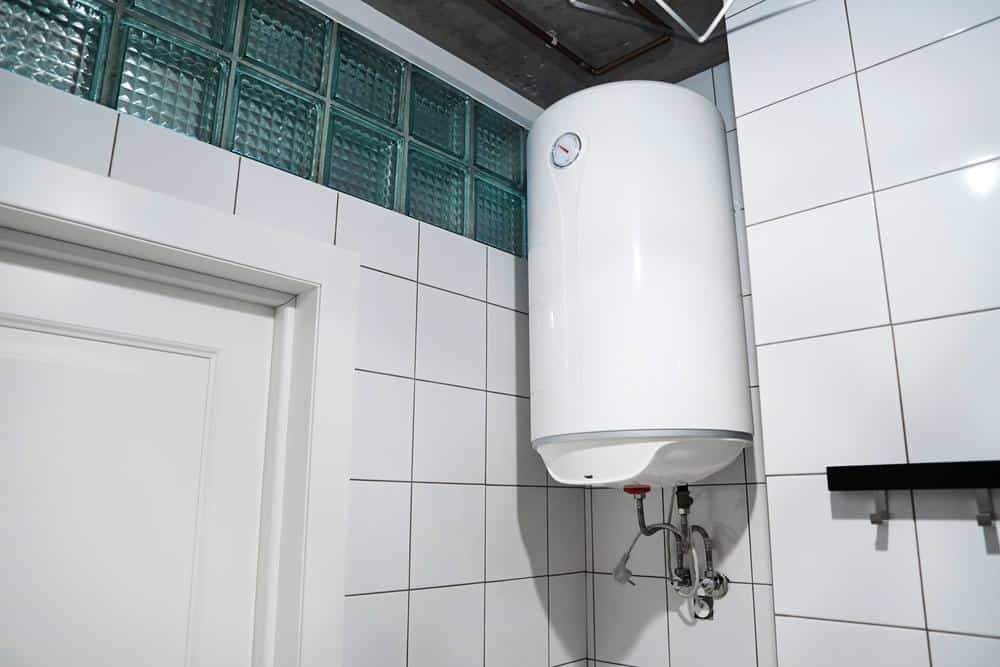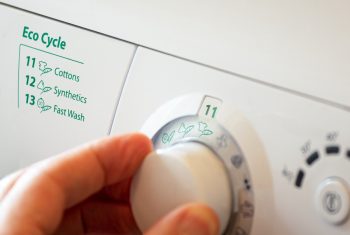
It’s not uncommon to find yourself in a situation where you’ve had to reset your hot water heater. Perhaps you’ve experienced a power outage, or your water heater has tripped due to a sudden surge. But how long does it take for your hot water heater to heat up after a reset? This question can be answered by looking at a variety of factors.
On average, a hot water heater takes between 30 minutes to 2 hours to heat up after a reset. The exact time depends on factors like the type of water heater, its capacity, incoming water temperature, and the efficiency of the heating elements. Gas-powered tank water heaters generally heat up faster (30-40 minutes) compared to electric ones (60-80 minutes), while tankless water heaters provide hot water almost instantly.
Average Heating Time After a Reset
Generally, a hot water heater can take anywhere from 30 minutes to 2 hours to heat up after a reset. This time frame is influenced by factors such as the type of water heater, its capacity, the incoming water temperature, and the efficiency of the heating elements.
For instance, a gas-powered tank water heater typically takes between 30 to 40 minutes to heat up after a reset, while an electric tank water heater might take anywhere between 60 to 80 minutes. If you use a tankless water heater, the waiting time is negligible, allowing you to have hot water within 15 to 20 seconds.
Factors Influencing the Heating Time
The heating time can vary significantly based on several factors:
1. Type of Water Heater: Gas water heaters tend to heat up faster than their electric counterparts due to their different heating mechanisms.
2. Size of the Tank: Larger tanks naturally take longer to heat up. For example, an 80-gallon tank with an incoming water temperature of 62 degrees has an average recovery time of 60-70 minutes for a gas tank water heater and 120 minutes for an electric tank water heater.
3. Incoming Water Temperature: The colder the incoming water, the longer it takes to heat it to the desired temperature.
4. Thermostat Settings: The thermostat controls the temperature of the water in the tank. If the thermostat is set to a higher temperature, it will take longer for the water heater to heat the water.
5. Efficiency of the Heating Elements: Over time, the heating elements can become less efficient due to wear and tear, which can increase the heating time.
Maintaining Your Hot Water Heater
Proper maintenance of your hot water heater can ensure it heats up efficiently after a reset. This includes regular inspections, draining the tank to wash out sediment, checking the anode rod, testing the TPR valve, and adjusting the temperature. If you experience frequent resets or longer heating times, it’s best to consult a professional to diagnose and fix the problem.
Conclusion
While it’s important to know how long it takes for your hot water heater to heat up after a reset, it’s just as crucial to understand the factors influencing this time. By keeping your water heater well-maintained and addressing any issues promptly, you can ensure you have a reliable supply of hot water when you need it.
For more in-depth information about water heaters, their maintenance, and troubleshooting, check out our other articles here.
Frequently Asked Questions
What do you mean by “recovery time” in the context of a hot water heater?
“Recovery time” is the amount of time it takes for a water heater to heat a full tank of water after it has been completely drained or used up.
How can I tell if my water heater’s heating elements are becoming less efficient?
If your water heater is taking longer than usual to heat the water or if your hot water runs out faster than before, it might be a sign that the heating elements are becoming less efficient. It’s best to have a professional inspect the unit to confirm this.
How often should I drain my water heater tank to wash out sediment?
It’s generally recommended to drain your water heater tank once a year to remove sediment and improve its efficiency. However, if you have hard water, you may need to do this more frequently.
What is a TPR valve and why should I test it?
The TPR valve, or Temperature Pressure Relief valve, is a safety device on your water heater that releases water when the pressure or temperature exceeds safe levels. Testing it regularly (at least once a year) ensures it’s working correctly and can prevent potential accidents.
How do I adjust the temperature on my water heater?
Most water heaters have a dial or digital panel where you can adjust the temperature. It’s usually located near the bottom of the unit. Always remember to turn off the power to the water heater before making adjustments for safety reasons.












